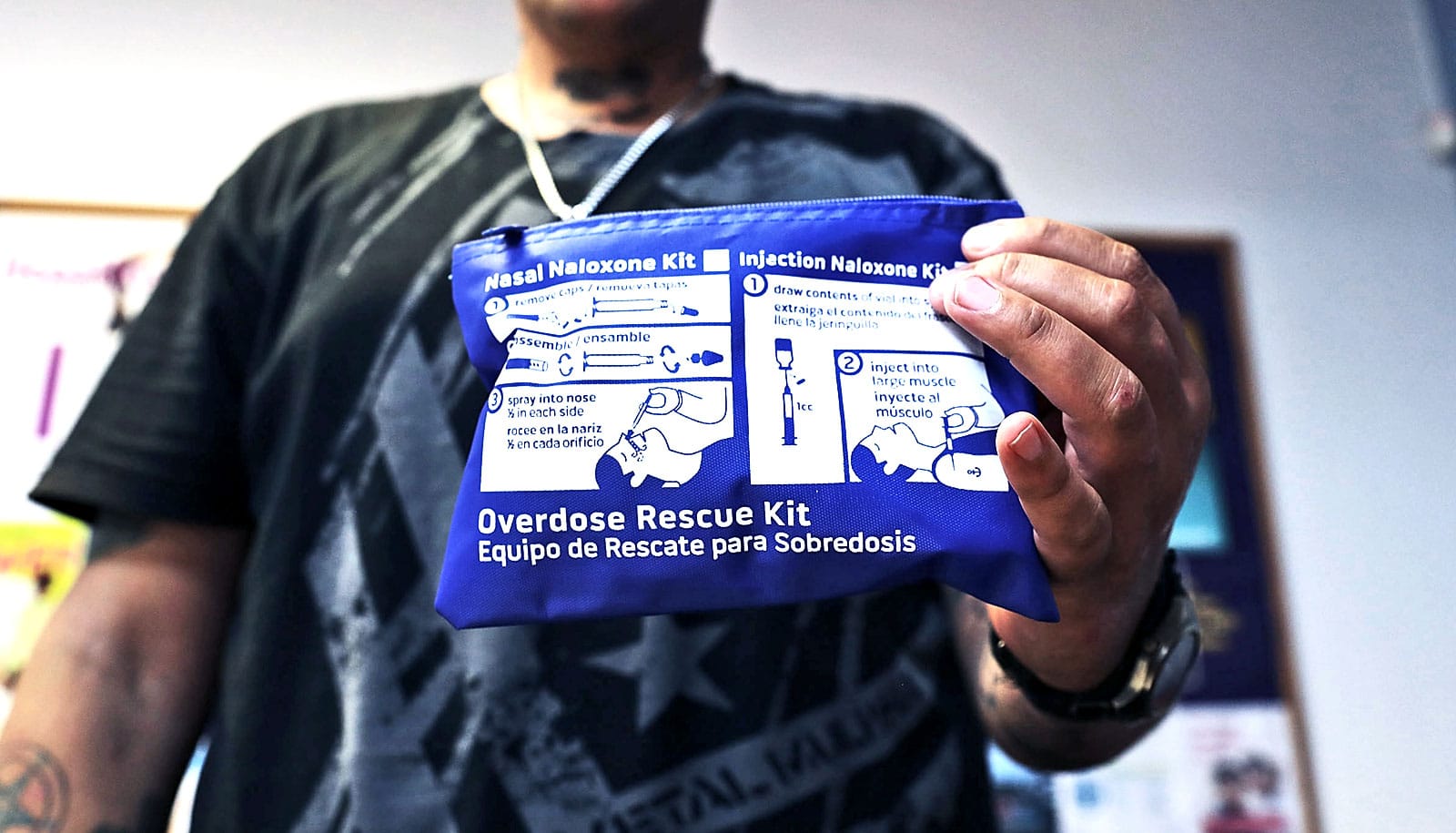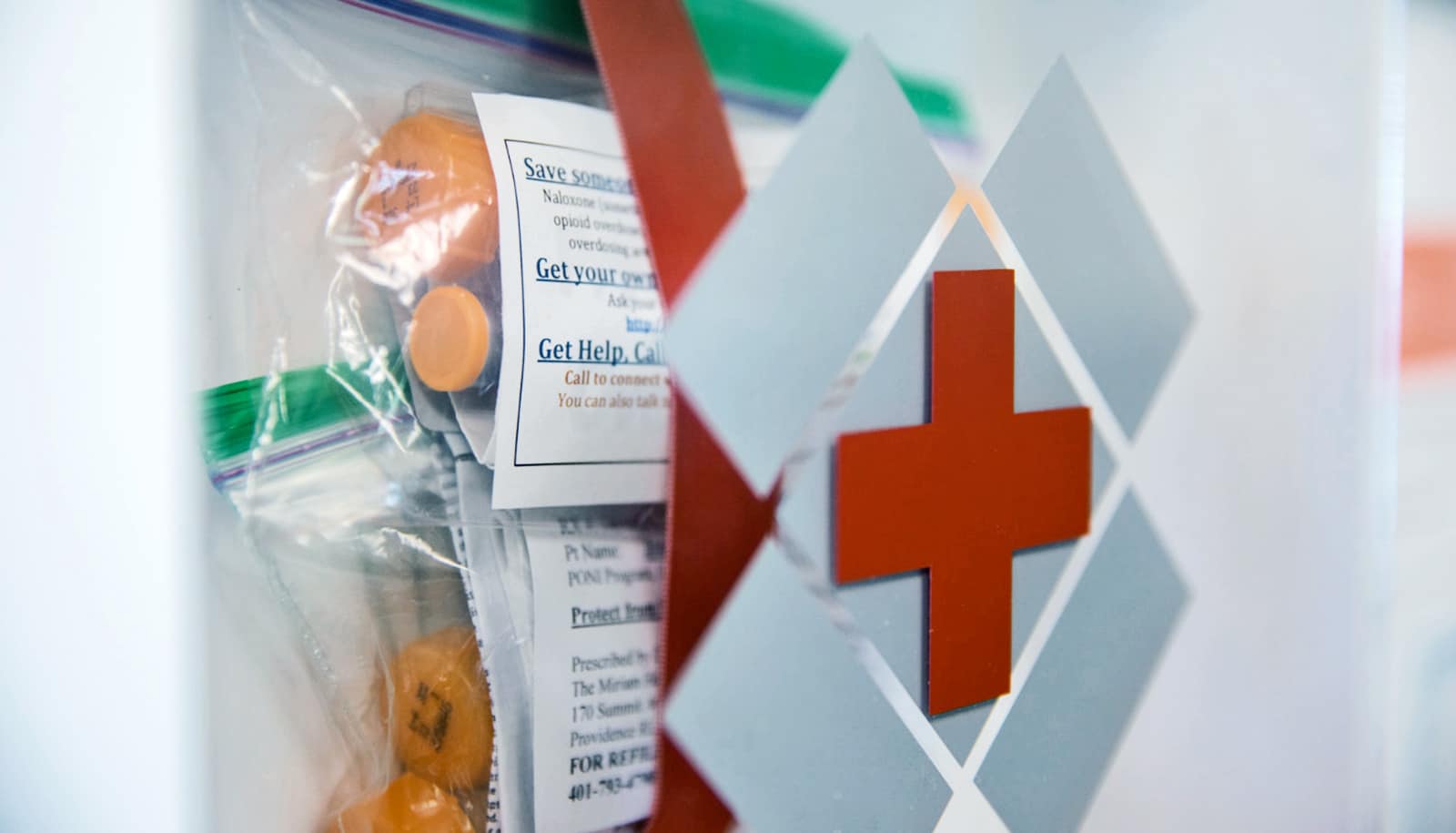It’s safe for hospital emergency departments to discharge opioid overdose patients as early as one hour after receiving naloxone, a new study shows.
According to the St. Paul’s Early Discharge Rule, that’s how long providers should observe patients after naloxone treatment, so long as their vital signs meet specific criteria and they are ambulatory. Researchers at St. Paul’s Hospital in Vancouver developed the rule in 2000.
But, until now, the rule was never externally validated or assessed following changes in recent years with opioid use disorder.
Inconsistent recommendations
“The landscape of opioid use disorder has changed dramatically,” says Brian Clemency, associate professor of emergency medicine in the Jacobs School of Medicine and Biomedical Sciences at the University at Buffalo and an attending physician specializing in emergency medicine at Erie County Medical Center. He also is a physician with UBMD Emergency Medicine.
In 2000, he says, doctors, nurses, and paramedics almost exclusively administered naloxone. The medication is now widely available to the public in a nasal spray. In addition, the use of heroin and synthetic opioids, such as fentanyl and carfentanil, has increased tremendously.
“Recommendations for patient observation after naloxone administration are inconsistent,” says Clemency, lead author of the paper, which appears in Academic Emergency Medicine. “Patients can be observed for six or more hours or they can be immediately discharged with no further evaluation.
“The question is, which of these patients needs to be watched longer?” he says. “Right now, there isn’t a really good rule. This has wide-ranging negative implications for emergency care and opioid use disorder treatment.
“It is our hope that these findings will lead to a reduction in practice variation and allow for better use of resources in the ED, while ensuring patient safety,” he adds.
Simple rule
To determine if the one-hour early discharge rule is valid, given the changes in opioid use disorder, researchers conducted a study at Buffalo’s Erie County Medical Center, a busy, urban teaching hospital affiliated with the Jacobs School.
A total of 538 patients participated in the study. ER personnel typically observed patients for at least four hours before discharge and were tracked through their hospitalization for any adverse events. Medical examiner records were then reviewed for subsequent fatalities.
Most adverse events in patients with normal examinations after receiving naloxone were minor and unlikely life-threatening.
“This rule is a way to predict which patients will have adverse outcomes after they overdose on opiates,” Clemency says. “The rule is simple to follow and can be used by health care providers with varying levels of training and experience.
“We anticipate this study will lead to nationally standardized recommendations for the observation of patients following the administration of naloxone for suspected opioid overdose.”
Additional coauthors are from University at Buffalo, the Upstate New York Poison Center, and Erie County Medical Center.
Source: University at Buffalo



